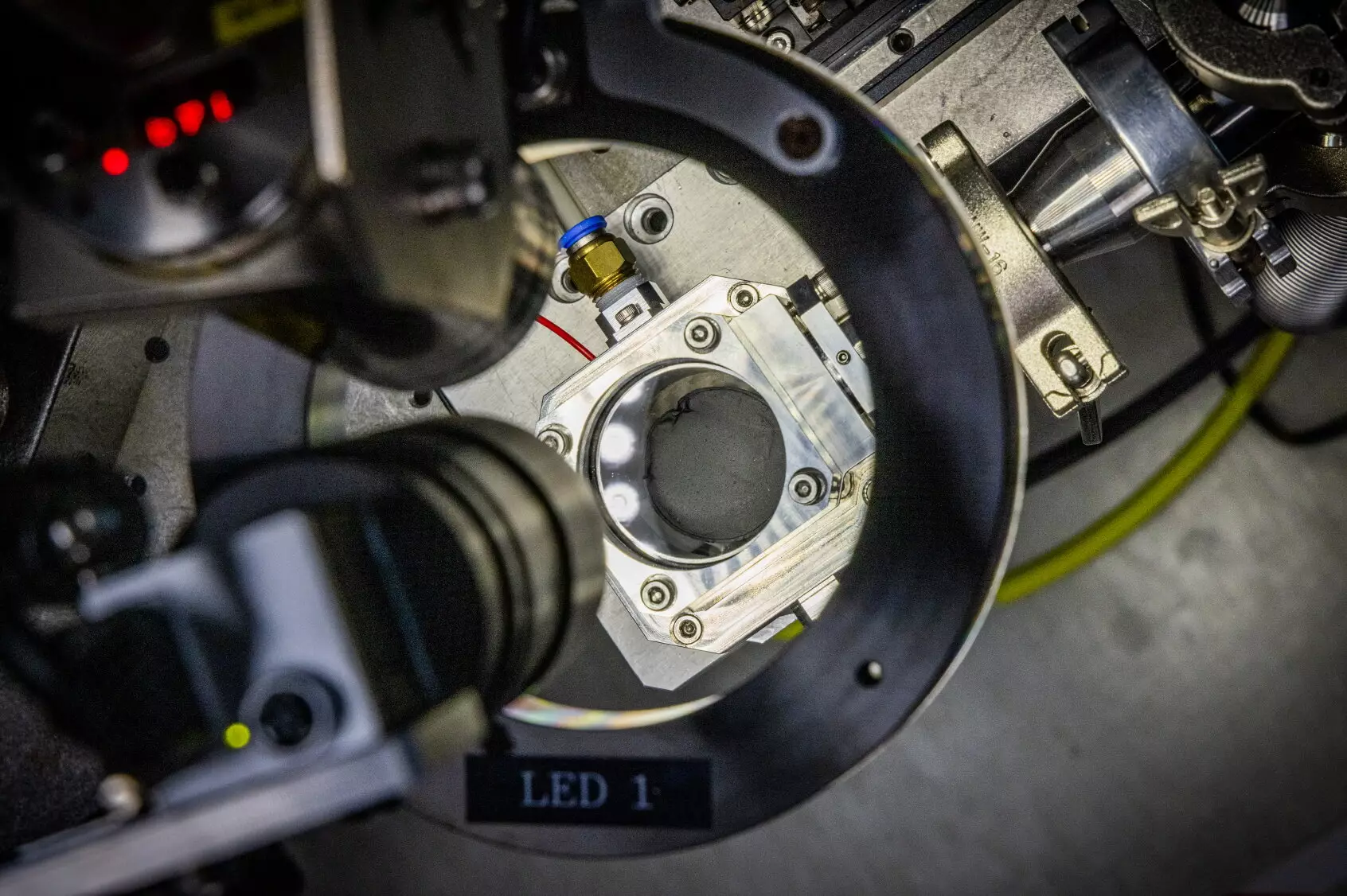In the evolving world of battery technology, sodium-ion batteries are quickly gaining traction as a promising alternative to traditional lithium-ion batteries. Sodium (Na), the key element in these batteries, is abundant and easily sourced compared to lithium (Li). Its natural presence in seawater and salt deposits makes it a more sustainable option. Additionally, sodium’s lower reactivity translates to enhanced electrochemical stability, offering excellent performance for rapid charging and efficient energy release, even in colder temperatures.
While the potential advantages of sodium-ion batteries are significant, they are met with hurdles. The complexity of their manufacturing processes often leads to lower energy densities and reduced lifespans when compared with lithium-ion counterparts. This is primarily due to the necessity of using hard carbon for anodes instead of graphite. Hard carbon, which does not naturally occur and must be synthesized, has an interlayer spacing that accommodates the larger sodium ions effectively. However, the creation of hard carbon is not only resource-intensive but also costly and time-consuming.
Traditional methods for synthesizing hard carbon involve carbonizing hydrocarbon materials—derived from plant sources and polymers—at temperatures exceeding 1,000°C in an oxygen-free atmosphere. This carbonization process is not only energy-consuming but also generates significant environmental waste and increases the overall cost of sodium-ion batteries. Consequently, the arduous production methods have severely limited the commercial viability of sodium-ion technology.
Researchers have long sought solutions to overcome these barriers, striving for methods that are both economically feasible and efficient. This quest has led to innovative approaches, but many have yielded limited results—or worse, heightened the obstacles already faced in hard carbon production.
In an exciting breakthrough, a team of researchers led by Dr. Daeho Kim and Dr. Jong Hwan Park at the Korea Electrotechnology Research Institute (KERI) has developed a novel microwave induction heating technique that reduces the hard carbon preparation time to a mere 30 seconds. This method draws on familiar microwave technology, akin to that found in household appliances, and applies it to the field of battery materials. The team’s innovative approach involves mixing polymers with carbon nanotubes and employing microwave fields to induce targeted heating, yielding temperatures of over 1,400°C in a fraction of the time typically required.
Years of meticulous research culminated in this technique, demonstrating KERI’s prowess in manipulating conductive thin films through microwave magnetic fields. The implications of this technology extend beyond just sodium-ion batteries, potentially revolutionizing mass production capabilities across various industries, including displays and semiconductors.
The foundation of this microwave heating technology lies in what the team calls “multiphysics simulation.” This approach enables a comprehensive understanding of the interactions between the electromagnetic microwave field and the carbon nanotube materials. By simulating these processes, the researchers could identify optimal conditions, leading to the successful development of an efficient production process for sodium-ion battery anodes.
Published in the Chemical Engineering Journal, their findings also highlight the contributions of student researchers Geongbeom Ryoo and Jiwon Shin, who helped realize the potential of this cutting-edge technology. As Dr. Kim noted, the team’s advancements may be pivotal in addressing the growing consumer demand for safer, more reliable batteries, especially in light of recent concerns surrounding electric vehicle safety.
Looking ahead, the research team is focused on enhancing the performance of their anode materials while also pursuing technologies that would facilitate the large-scale production of hard carbon films. Importantly, the microwave induction heating concept could translate to various applications beyond sodium-ion batteries—particularly in the realm of all-solid-state batteries that require high-temperature treatment.
KERI has already secured domestic patent protection for this innovation, anticipating that their technology will attract interest from industry players involved in energy storage solutions. Both Dr. Kim and Dr. Park are confident that their microwave induction heating technology has the potential to drive significant advancements both in battery technology and energy sustainability.
The emergence of this microwave technology marks a pivotal moment for sodium-ion batteries. The ability to swiftly produce hard carbon anodes not only addresses the existing challenges of production cost and efficiency but also positions sodium-ion batteries as a more viable option for various applications in the future. With ongoing research and development, the sodium-ion battery landscape could witness a transformative shift towards a more sustainable and dependable energy storage solution.

